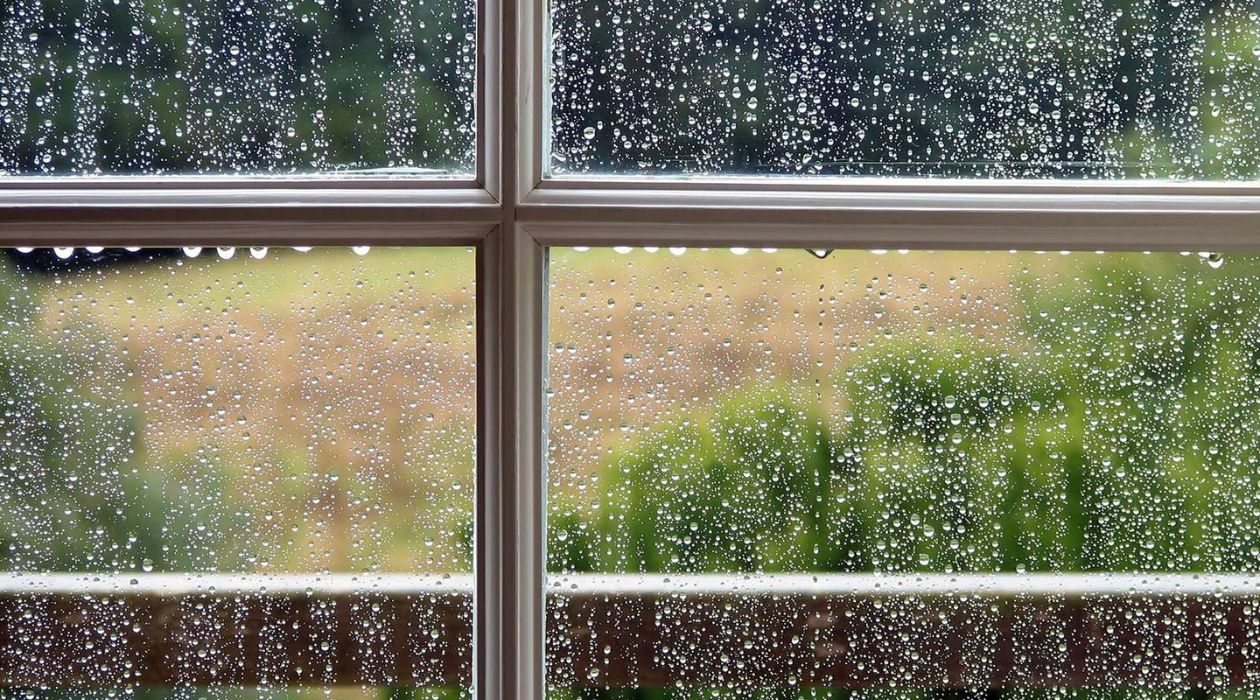

Articles
Ultimate Guide To Storm Windows
Modified: October 20, 2024
Discover the comprehensive guide to storm windows in our collection of informative articles. Learn how to choose, install, and maintain storm windows for maximum protection and energy efficiency.
(Many of the links in this article redirect to a specific reviewed product. Your purchase of these products through affiliate links helps to generate commission for Storables.com, at no extra cost. Learn more)
Introduction
Welcome to the ultimate guide to storm windows. In this comprehensive article, we will explore everything you need to know about storm windows, including what they are, their benefits, types, installation process, maintenance, and how they compare to replacement windows. Whether you’re looking to increase energy efficiency, enhance your home’s insulation, or simply protect your windows during harsh weather conditions, storm windows can be a valuable addition to your home.
Windows play a significant role in the overall comfort and energy efficiency of your home. However, they can also be a major source of energy loss, especially in extreme weather conditions. This is where storm windows come into play. These specialized windows are designed to create an additional layer of protection, improving insulation and reducing energy consumption.
Storm windows are typically installed on the exterior or interior of existing windows. They are made from various materials, such as aluminum, vinyl, or wood, and come in different styles and functionalities. In addition to enhancing insulation, they also provide noise reduction and increased security.
Throughout this guide, we will delve into the benefits of storm windows, the different types available, how to choose the right storm windows for your home, the installation process, maintenance tips, and how they compare to replacement windows. By the end, you will have a thorough understanding of storm windows and be equipped to make an informed decision for your home.
So, without further ado, let’s dive in and uncover the world of storm windows!
Key Takeaways:
- Storm windows offer a cost-effective way to enhance energy efficiency, weather protection, and security for your home. With various types and materials available, they provide versatile solutions to meet your specific needs.
- When comparing storm windows to replacement windows, consider factors such as cost, energy efficiency, aesthetics, maintenance, and flexibility. Both options offer unique benefits, so choose based on your goals and home characteristics.
Read more: The Ultimate Guide to Drafting Chairs
What are Storm Windows?
Storm windows are a type of window system that provides additional protection and insulation to your existing windows. They are installed on the exterior or interior of your primary windows, creating an extra barrier against the elements. Acting like a shield, storm windows help to reduce energy loss, enhance insulation, and improve the overall efficiency of your home.
One of the main purposes of storm windows is to create an insulating airspace between the storm window and your primary window. This airspace helps to reduce heat transfer, keeping your home warmer in the winter and cooler in the summer. By preventing air leaks and drafts, storm windows help to minimize the strain on your heating and cooling systems, resulting in energy savings and increased comfort.
In addition to energy efficiency, storm windows offer other benefits as well. They provide an extra level of protection against harsh weather conditions, such as heavy rain, strong winds, and hail. The added layer of glass helps to shield your primary windows from potential damage, prolonging their lifespan and reducing maintenance costs.
Storm windows also contribute to noise reduction, limiting the amount of outside noise that enters your home. This is particularly beneficial if you live in a noisy neighborhood or near busy roads. The additional layer of glass helps to create a buffer zone, promoting a quieter and more peaceful living environment.
Furthermore, storm windows can enhance the security of your home. Since they are installed on the exterior or interior of your existing windows, they create an extra barrier that can deter potential burglars or intruders. The added layer of protection makes it more difficult for anyone to break through your windows, providing you with peace of mind and an increased sense of security.
Overall, storm windows are a versatile and beneficial addition to any home. They offer energy efficiency, weather protection, noise reduction, and increased security. Whether you aim to reduce your carbon footprint, save on utility bills, or improve the overall comfort of your living space, storm windows are a smart investment.
Benefits of Storm Windows
Storm windows offer a range of benefits that make them a valuable addition to any home. Let’s explore some of the key advantages of installing storm windows:
1. Energy Efficiency: One of the primary benefits of storm windows is their ability to improve energy efficiency. They create an additional layer of insulation, reducing heat loss in the winter and heat gain in the summer. By preventing drafts and air leaks, storm windows help to stabilize indoor temperatures and reduce the workload on your heating and cooling systems. This translates into energy savings and lower utility bills.
2. Weather Protection: Storm windows act as a protective barrier against harsh weather conditions. Whether it’s heavy rain, strong winds, or hailstorms, the extra layer of glass helps to shield your primary windows from potential damage. This can significantly extend the lifespan of your windows and reduce the need for costly repairs or replacements.
3. Noise Reduction: If you live in a noisy neighborhood or near busy streets, you’ll appreciate the noise reduction capabilities of storm windows. The additional layer of glass helps to minimize outside noise, creating a quieter and more peaceful living environment. This is particularly beneficial for light sleepers or those who work from home and require a quiet space.
4. Increased Security: The installation of storm windows can enhance the security of your home. The additional layer of glass makes it more difficult for burglars or intruders to break in through your windows. It acts as an additional barrier, providing an extra level of protection and giving you peace of mind.
5. UV Protection: Many storm windows come with low-emissivity (low-E) coatings, which help to filter harmful UV rays from the sun. This protects your furniture, flooring, and other belongings from fading or discoloration caused by prolonged exposure to sunlight.
6. Easy Maintenance: Storm windows are relatively easy to maintain. They can be cleaned along with your primary windows using regular glass cleaner. Some storm windows also have features such as tilt-in sashes or removable panels, making it easier to clean both sides of the window.
7. Cost Savings: By improving energy efficiency, storm windows can lead to significant cost savings in the long run. They help to reduce heating and cooling costs by minimizing energy loss. Additionally, their protective function can help to prolong the lifespan of your primary windows, saving you money on potential repairs or replacements.
With their energy-saving benefits, weather protection, noise reduction capabilities, increased security, and easy maintenance, it’s clear that storm windows are an excellent investment for any homeowner. Not only do they contribute to a more comfortable living space, but they also provide long-term cost savings and peace of mind.
Types of Storm Windows
When it comes to selecting the right storm windows for your home, you have several options to choose from. Understanding the different types of storm windows available can help you make an informed decision based on your specific needs and preferences. Let’s explore some of the common types:
1. Exterior Mounted Storm Windows: These storm windows are installed on the exterior of your existing windows. They usually feature an aluminum frame and a glass or acrylic panel. Exterior mounted storm windows provide a protective barrier against the elements, improving insulation and energy efficiency. They are relatively easy to install and remove, making them ideal for seasonal use.
2. Interior Mounted Storm Windows: As the name suggests, these storm windows are mounted on the interior side of your primary windows. They are typically made of lightweight materials, such as acrylic or polycarbonate, which makes them easy to handle and install. Interior mounted storm windows offer similar benefits to their exterior counterparts, including energy efficiency, weather protection, and noise reduction. They are particularly suitable for homes with historical or architecturally significant windows, as they preserve the exterior appearance.
3. Combination Storm Windows: Combination storm windows offer the versatility of both exterior and interior mounting options. They consist of two panels: an exterior panel that is installed on the outside of your windows and an interior panel that is fitted on the inside. This design allows for enhanced insulation and weather protection. Combination storm windows are ideal for year-round use, as they provide improved energy efficiency and reduce outside noise.
4. Low-E Storm Windows: Low-emissivity (low-E) storm windows are designed to reflect infrared heat while allowing visible light to pass through. They feature a special coating on the glass that helps to reduce heat loss during the winter and heat gain during the summer. Low-E storm windows offer superior energy efficiency and UV protection, making them an excellent choice for homes located in extreme climates.
5. Custom-made Storm Windows: If your windows have unique dimensions or architectural features, custom-made storm windows may be the best option. These storm windows are tailor-made to fit your specific window openings, ensuring a precise fit and optimal performance. Custom-made storm windows can be manufactured with various materials, styles, and features to suit your specific requirements.
When choosing the types of storm windows for your home, consider factors such as your climate, aesthetic preferences, and budget. Consulting with a professional window installer can also help you determine the most suitable option for your specific needs.
Remember, regardless of the type of storm windows you choose, proper installation and insulation techniques are crucial. Seal any gaps or air leaks around the window frames to maximize energy efficiency and ensure optimal performance.
By selecting the right type of storm windows, you can enhance energy efficiency, protect your windows, reduce noise, and create a more comfortable living environment for you and your family.
Choosing the Right Storm Windows for Your Home
When it comes to choosing the right storm windows for your home, there are several factors to consider. The right choice will depend on your specific needs, budget, and the architectural style of your home. Here are some key considerations to help you make an informed decision:
1. Material: Storm windows are available in various materials, including aluminum, vinyl, wood, and fiberglass. Each material has its own advantages and considerations. Aluminum is durable and low-maintenance, but it conducts heat more quickly. Vinyl is energy-efficient and resistant to warping, but it may not be as durable as other materials. Wood offers a classic and traditional look but requires regular maintenance. Fiberglass is strong, lightweight, and provides excellent insulation but can be more expensive. Consider the pros and cons of each material and choose the one that fits your needs best.
2. Style: Storm windows come in different styles, ranging from simple single-pane designs to more elaborate multi-pane styles. Consider the architectural style of your home and choose storm windows that complement the existing windows. The goal is to maintain a cohesive appearance while adding the necessary protection and insulation.
3. Energy Efficiency: Look for storm windows that offer high energy efficiency ratings. Consider features such as low-emissivity (low-E) coatings, multiple glass panes, and insulated frames. These features help to minimize heat transfer and improve insulation, resulting in reduced energy consumption and lower utility bills.
4. Installation Options: Determine whether you prefer exterior mounted, interior mounted, or combination storm windows. Exterior mounted storm windows provide better protection against the elements, while interior mounted options are more aesthetically pleasing and suitable for historically significant windows. Combination storm windows offer a balance between functionality and aesthetics, as they provide insulation and protection from both the inside and outside.
5. Customization: Consider whether you need custom-made storm windows. If your windows have unique dimensions or architectural features, custom-made options can ensure a precise fit and optimal performance. Customization allows you to choose specific materials, styles, and features that meet your preferences and requirements.
6. Budget: Determine your budget for storm windows. The cost will vary based on factors such as the material, size, style, and additional features. It is important to strike a balance between cost and quality. Keep in mind that investing in higher quality storm windows may lead to long-term savings on energy bills and maintenance.
7. Professional Installation: Consider whether you prefer professional installation. While some homeowners may opt for DIY installation, it is advisable to seek the expertise of a professional window installer. They can ensure proper measurement, fit, and seal, maximizing the energy efficiency and performance of your storm windows.
By carefully considering these factors, you can choose the right storm windows that meet your specific needs and enhance the energy efficiency, protection, and aesthetics of your home. Don’t hesitate to seek advice from window professionals or manufacturers to help you make an informed decision.
When installing storm windows, make sure to properly seal any gaps or cracks to prevent air leakage and maximize energy efficiency. Use weatherstripping or caulk to seal any gaps around the window frame.
Read more: The Ultimate Guide To Storage Drawers
Installing Storm Windows
Installing storm windows is a relatively straightforward process that can be done by homeowners with basic DIY skills. However, if you are uncertain or uncomfortable with the installation process, it is recommended to hire a professional to ensure proper fit and performance. Here are the general steps to install storm windows:
1. Gather the Tools and Materials: Before starting the installation, make sure you have all the necessary tools and materials. These may include a tape measure, level, screwdriver, caulking gun, screws, shims, weatherstripping, and the storm window kit itself.
2. Measure Your Windows: Begin by measuring the dimensions of your existing windows. Measure the width and height of each window opening, both on the inside and outside. Take the smaller of the two measurements to ensure a proper fit for your storm windows.
3. Prepare the Window Opening: Clear any obstructions and clean the existing window frames. Remove any old or damaged window materials, including caulking or weatherstripping. Ensure that the window frames are in good condition and properly sealed.
4. Install the Mounting Hardware: Follow the instructions provided with your storm window kit to install the mounting hardware. This may involve attaching brackets or clips to the window frame to secure the storm window in place. Ensure that the mounting hardware is properly aligned and securely attached.
5. Position the Storm Window: Carefully place the storm window into the window opening, making sure it aligns with the mounting hardware. Use shims if necessary to ensure a snug fit. Check the level of the storm window to ensure it is straight and properly aligned.
6. Secure the Storm Window: Once the storm window is in the correct position, secure it in place using the provided screws. Start by placing screws in the upper corners and then work your way down, spacing them evenly along the sides of the window frame. Be careful not to over-tighten the screws, as this can cause damage to the frame.
7. Insulate and Seal: Apply weatherstripping or insulation around the edges of the storm window to ensure a tight seal. Use caulking or sealant to fill any gaps or cracks between the storm window and the existing window frame. This will help prevent drafts and maximize energy efficiency.
8. Test and Inspect: After completing the installation, test the operation of the storm window by opening and closing it several times. Check for any gaps or air leaks that may require additional insulation or sealing. Make any necessary adjustments or corrections to ensure a proper fit and optimal performance.
It’s important to note that the specific installation process may vary depending on the type and brand of storm windows you choose. Always refer to the manufacturer’s instructions for the most accurate and detailed guidance.
By following these steps and taking the necessary precautions, you can successfully install storm windows and enjoy the benefits of enhanced energy efficiency, weather protection, and improved comfort in your home.
Maintaining Storm Windows
To ensure the longevity and optimal performance of your storm windows, regular maintenance is essential. Proper maintenance helps to keep the windows clean, functional, and efficient. Here are some tips for maintaining storm windows:
1. Regular Cleaning: Clean your storm windows regularly, both on the interior and exterior surfaces. Use a mild soap or window cleaner and a soft cloth or sponge to remove dirt, dust, and grime. Avoid using harsh or abrasive cleaners that can scratch or damage the window surface. Rinse thoroughly and dry with a clean cloth to prevent streaks.
2. Check for Damage: Inspect your storm windows periodically for any signs of damage or wear. Look for cracks, broken seals, or loose hardware. Pay attention to the condition of the frame, glass, and weatherstripping. If you notice any issues, address them promptly to prevent further damage and maintain the overall integrity of the windows.
3. Weatherstripping Replacement: Over time, the weatherstripping on your storm windows may wear out or become damaged. Inspect the weatherstripping regularly and replace it if it is worn, torn, or no longer provides a tight seal. Proper weatherstripping helps to prevent drafts and improve energy efficiency.
4. Lubrication: If your storm windows have moving parts, such as hinges or sliding mechanisms, lubricate them periodically to ensure smooth operation. Use a silicone-based lubricant or a light machine oil. Avoid using greasy or heavy lubricants that can attract dust and debris.
5. Remove Debris: Clear any debris, leaves, or dirt that may accumulate around the storm windows. Pay attention to the tracks, sills, and drainage holes. Use a soft brush or vacuum cleaner to remove the debris gently. Keeping the areas around the windows clean helps to prevent blockages and maintain proper drainage.
6. Insulation Check: Periodically check the insulation around your storm windows. Make sure there are no gaps or air leaks between the storm window frame and the existing window frame. Use weatherstripping, caulking, or sealant to fill any gaps or cracks to maintain energy efficiency and prevent drafts.
7. Trim Vegetation: Trim any vegetation or overhanging branches that may come into contact with your storm windows. This prevents damage to the windows and reduces the risk of debris accumulation or scratches.
8. Professional Inspection: Consider having a professional window inspector or installer inspect your storm windows annually. They can identify any potential issues, assess the condition of the windows, and provide recommendations for maintenance or repairs.
By following these maintenance tips, you can extend the lifespan of your storm windows and ensure that they continue to provide energy efficiency, protection, and functionality for years to come. Regular maintenance will also help you avoid costly repairs or replacements in the future.
Storm Windows vs. Replacement Windows
When it comes to improving energy efficiency and enhancing the functionality of your windows, two popular options are storm windows and replacement windows. Both have their benefits and considerations, and the choice between them depends on your specific needs and circumstances. Let’s compare storm windows and replacement windows to help you make an informed decision:
1. Cost: In terms of cost, storm windows are generally more affordable compared to full replacement windows. Storm windows can be installed on top of existing windows, providing an additional layer of insulation and protection. On the other hand, replacement windows involve removing the existing window entirely and installing a new window unit, which can be more expensive.
2. Energy Efficiency: Both storm windows and replacement windows can improve energy efficiency. Storm windows create an extra layer of insulation, reducing drafts and heat transfer. They are particularly beneficial for older homes with single-pane windows. Replacement windows, on the other hand, offer the opportunity to install more energy-efficient window units with advanced features such as low-E glass, insulating gas fills, and improved frame materials. This can result in higher energy savings compared to storm windows.
3. Aesthetics: Replacement windows provide a more dramatic transformation to the overall appearance of your home. They offer a seamless and consistent look, as they completely replace the existing window units. Storm windows, on the other hand, add an additional layer to the existing windows and may not provide the same level of aesthetic upgrade as replacement windows. However, storm windows are available in various styles and materials, allowing you to find options that complement the existing aesthetic of your home.
4. Maintenance: Both storm windows and replacement windows require maintenance, although the level of maintenance may differ. Storm windows can accumulate dirt and debris between the storm window and the primary window, requiring regular cleaning and inspection. Replacement windows typically have fewer gaps or spaces for debris accumulation. However, keep in mind that replacement windows are not immune to maintenance needs and may require periodic cleaning and hardware lubrication.
5. Longevity: Replacement windows are designed to last for many years and may come with warranties to ensure their durability. They are typically made from high-quality materials and are installed with precision. Storm windows, while providing added protection, may have a shorter lifespan than replacement windows. However, with proper maintenance and care, storm windows can still provide a satisfactory lifespan.
6. Flexibility: Storm windows offer more flexibility when it comes to installation. They can be installed as temporary or seasonal solutions, allowing you to remove them during certain times of the year. This can be particularly beneficial if you live in a region with distinct seasons or if you prefer the option to remove the extra layer of insulation when it is not needed.
7. Versatility: Storm windows can be a suitable solution for different types of windows, including historic or architecturally significant windows. They can preserve the original windows while providing added insulation and protection. Replacement windows, on the other hand, may not always be a suitable option for preserving the historic character of certain buildings.
Ultimately, the decision between storm windows and replacement windows depends on your specific goals, budget, maintenance preferences, and the condition of your existing windows. Consider factors such as energy efficiency, aesthetics, cost, longevity, and the overall requirements of your home when making a decision.
It can also be helpful to consult with a professional window installer or contractor who can assess your specific situation and provide personalized recommendations based on your needs and budget.
Conclusion
Storm windows are a valuable addition to any home, offering a range of benefits including energy efficiency, weather protection, noise reduction, increased security, and more. They provide an extra layer of insulation and help to minimize drafts, saving energy and reducing utility costs. The additional layer of glass also protects your primary windows from harsh weather conditions and prolongs their lifespan.
When considering storm windows, it is important to choose the right type, material, and installation method for your specific needs. Exterior mounted, interior mounted, and combination storm windows each have their own advantages, and the choice depends on factors such as aesthetics, climate, and existing window types. Custom-made storm windows can provide a tailored solution for unique windows or architectural features.
Once installed, regular maintenance is key to ensuring the longevity and optimal performance of storm windows. Cleaning them regularly, inspecting for damage, replacing weatherstripping, and addressing any issues promptly will help maximize their energy efficiency and functionality. Professional inspection can also be beneficial to identify potential problems and provide expert advice.
When comparing storm windows to replacement windows, cost, energy efficiency, aesthetics, maintenance, longevity, flexibility, and versatility are important factors to consider. While storm windows are generally more affordable and offer flexibility in terms of installation and removal, replacement windows provide a more comprehensive upgrade and can offer higher energy savings in the long run.
In conclusion, storm windows are a cost-effective solution to enhance the energy efficiency, protection, and comfort of your home. They offer several benefits and come in various types to suit your specific needs. Whether you choose storm windows or replacement windows, improving the energy efficiency and functionality of your windows will make a noticeable difference, both in terms of comfort and cost savings.
Consulting with professionals, considering your budget, and weighing the pros and cons of different options will help you make an informed decision. Remember to prioritize your specific goals and take into account the unique characteristics of your home when choosing the right windows for your needs.
Investing in storm windows can pay off in the long run, providing increased energy efficiency, protection, and a more comfortable living environment for you and your family. So go ahead, explore the world of storm windows and discover the benefits they can bring to your home!
Frequently Asked Questions about Ultimate Guide To Storm Windows
Was this page helpful?
At Storables.com, we guarantee accurate and reliable information. Our content, validated by Expert Board Contributors, is crafted following stringent Editorial Policies. We're committed to providing you with well-researched, expert-backed insights for all your informational needs.

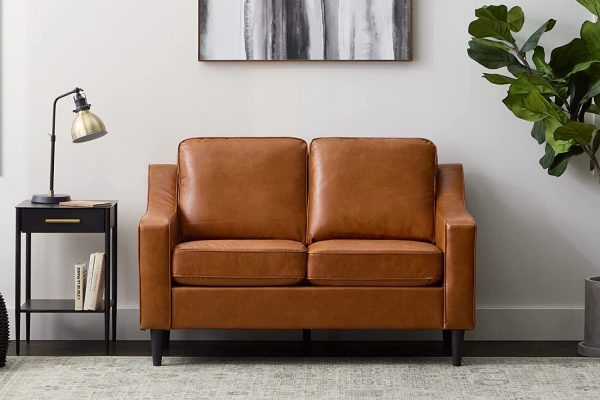
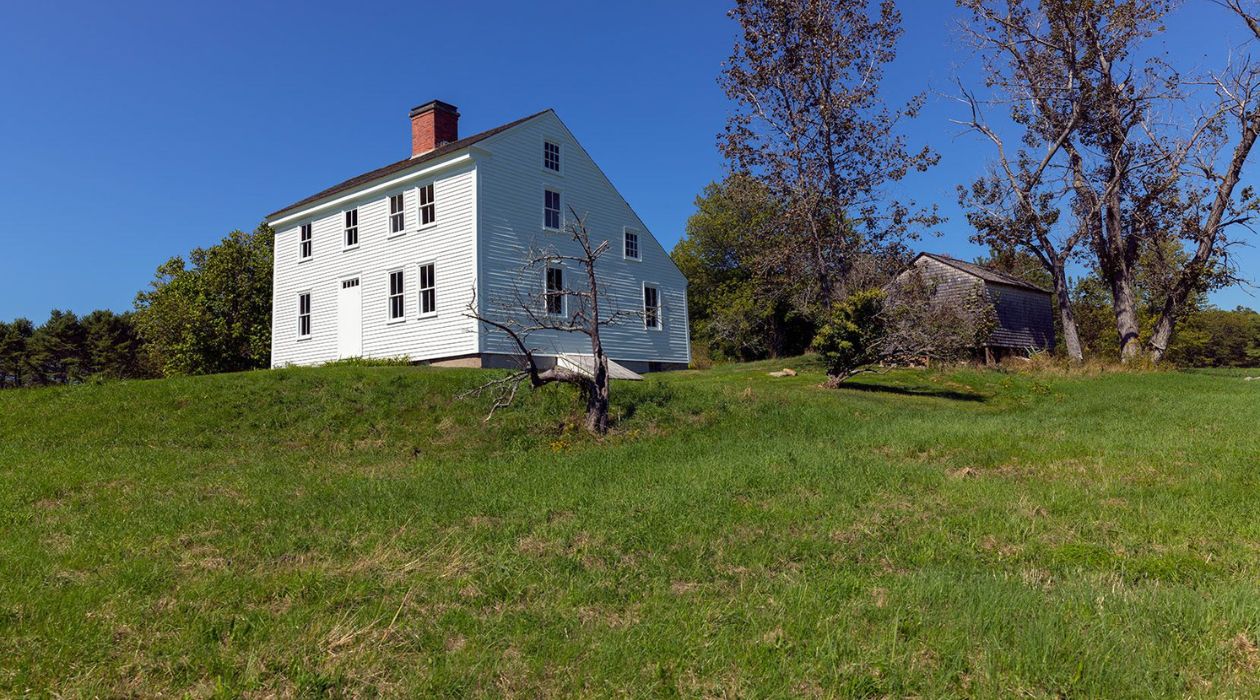
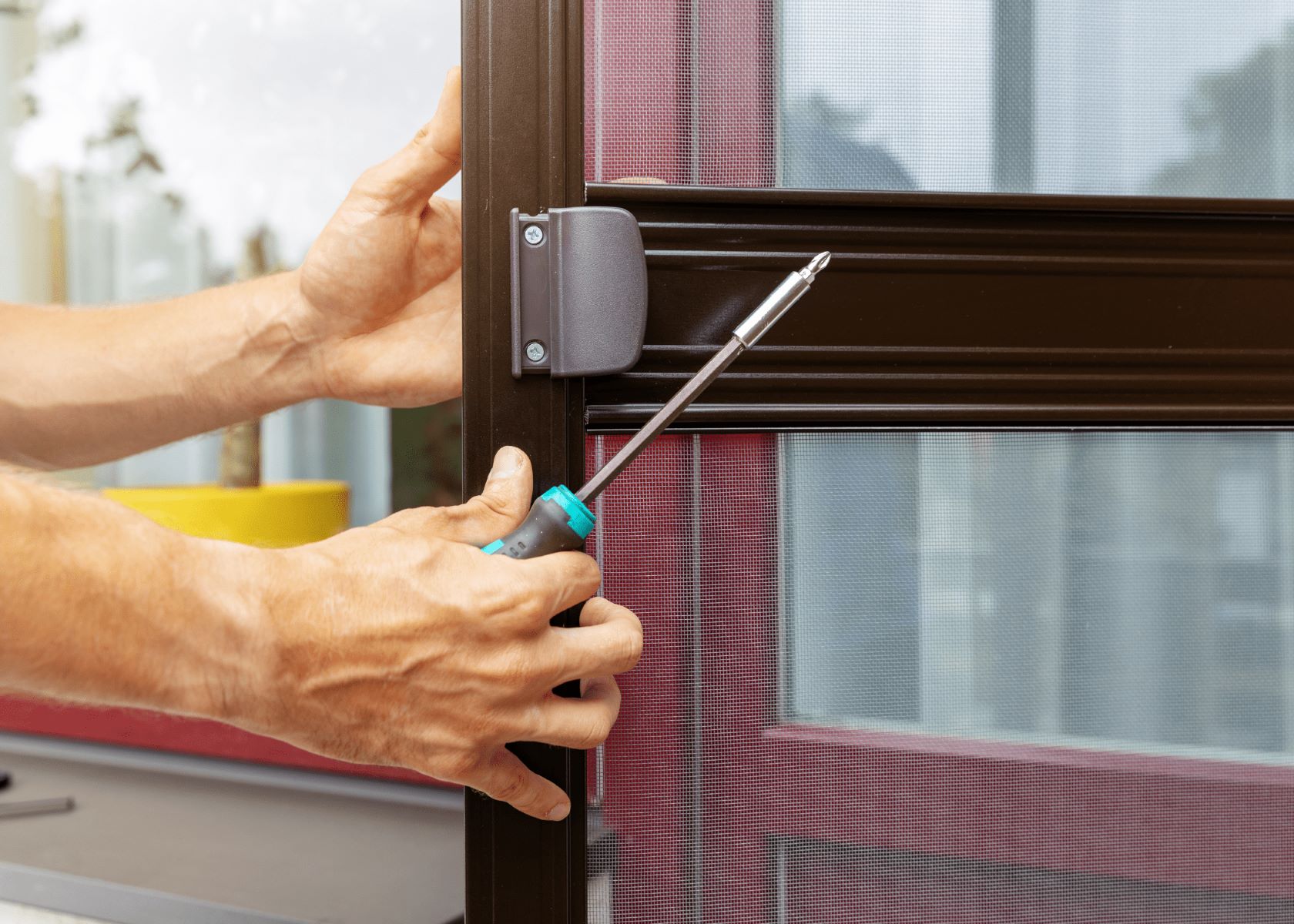


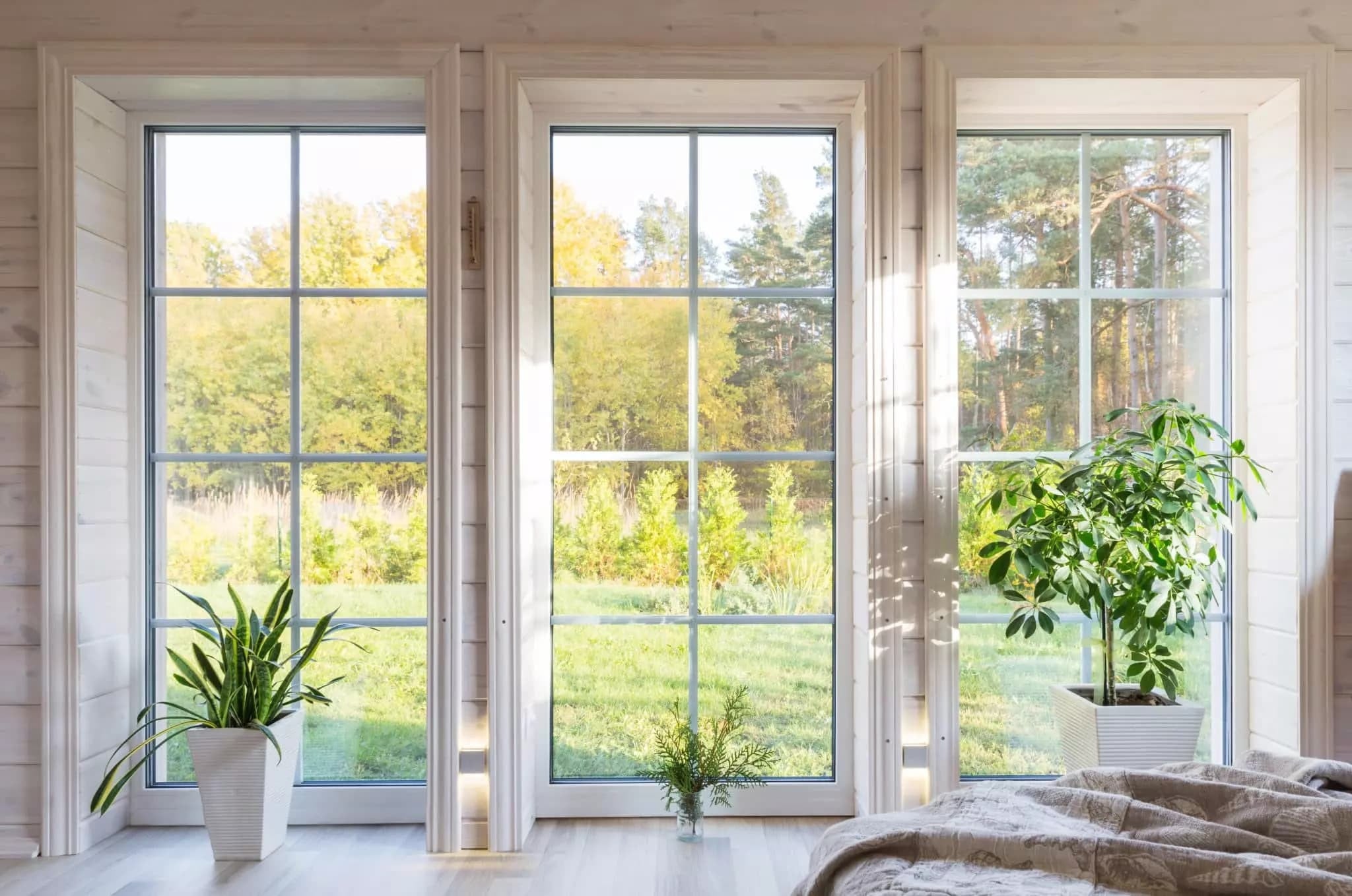
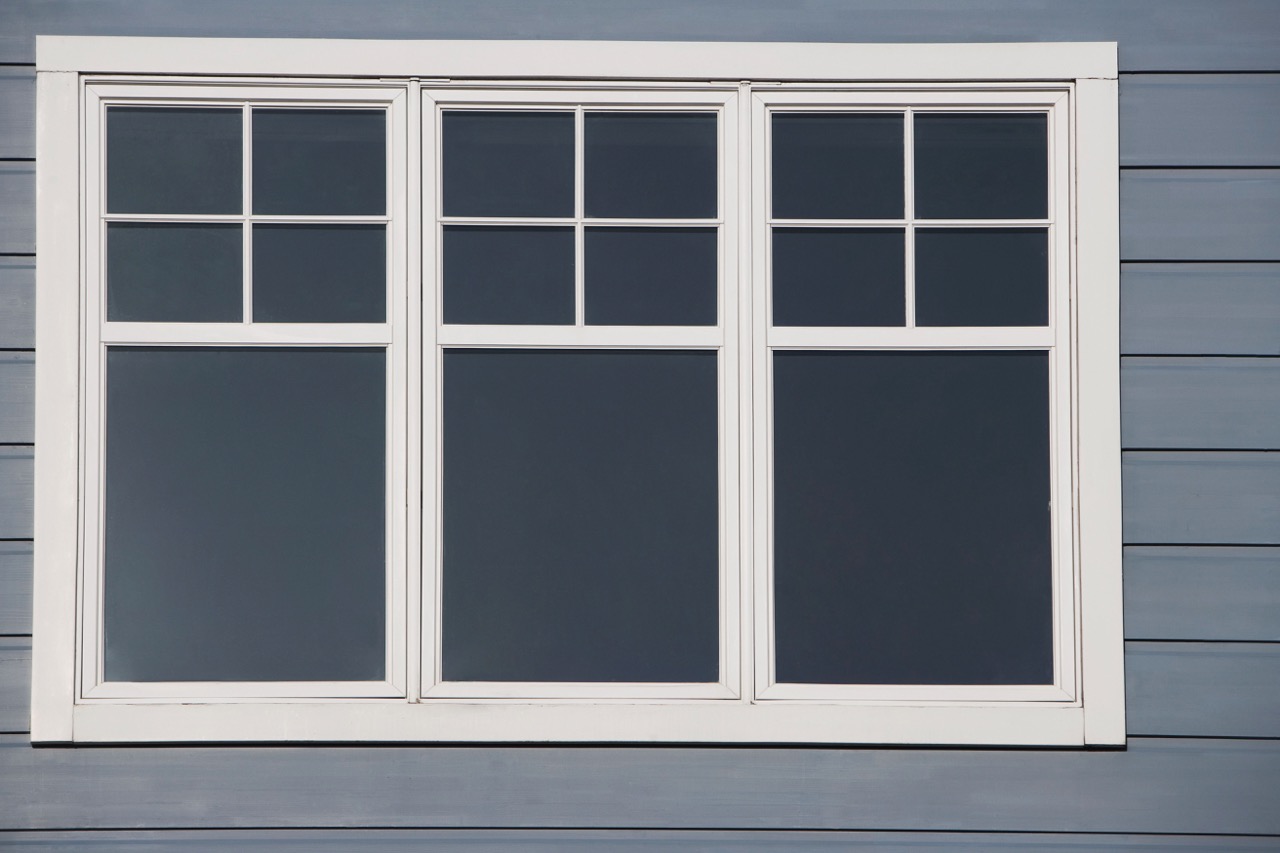

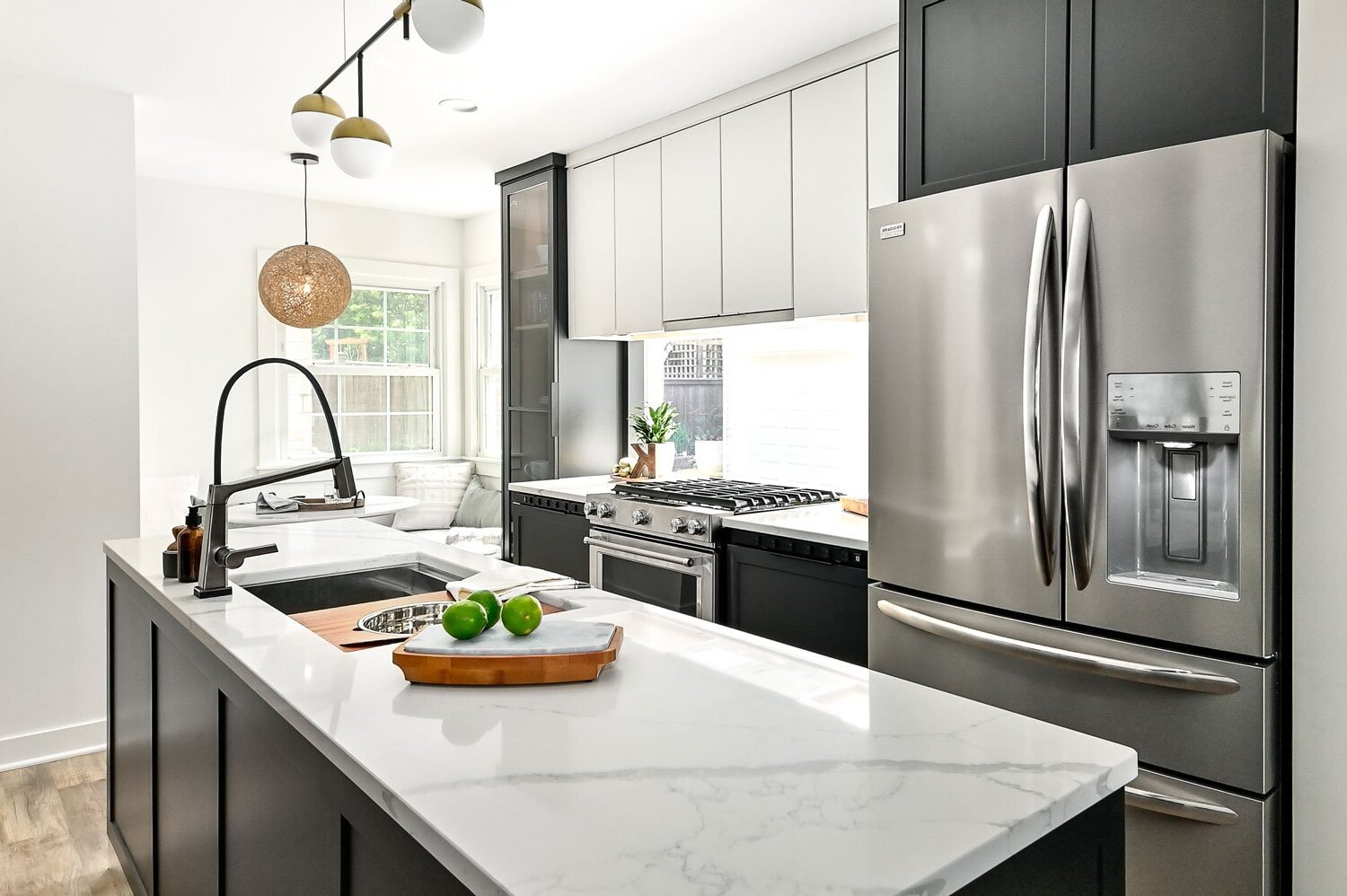

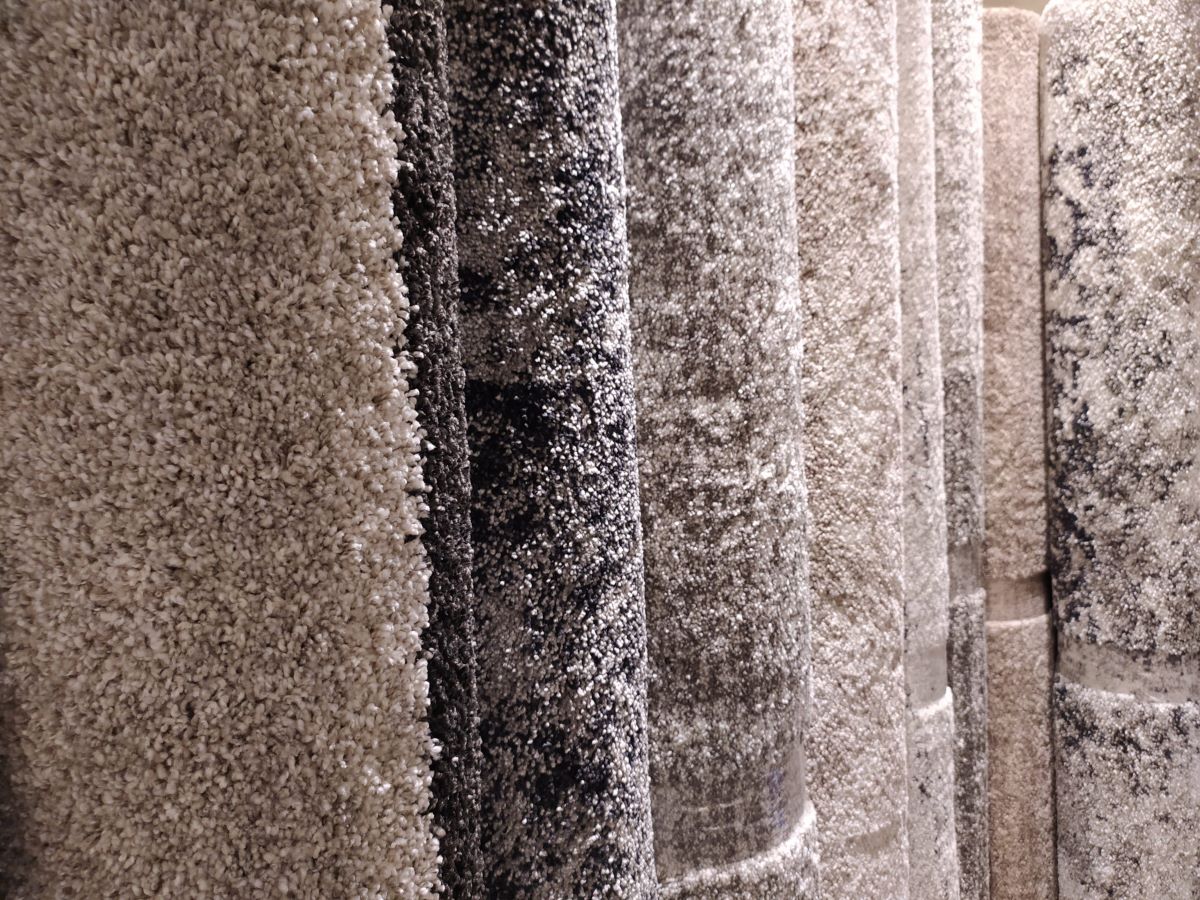



0 thoughts on “Ultimate Guide To Storm Windows”